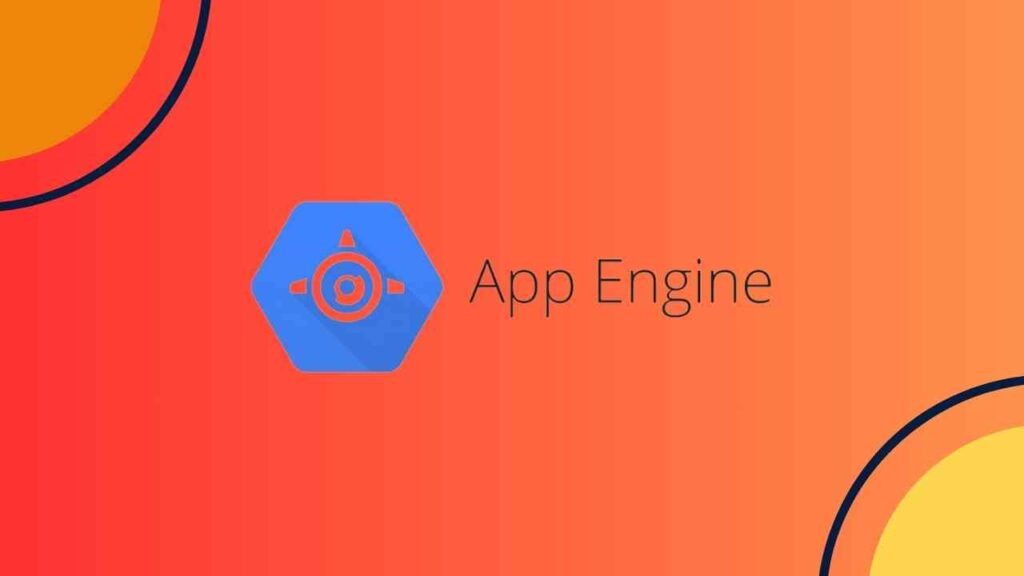Hey there, Kabir here! As a developer, I’m always on the lookout for powerful and cost-effective ways to deploy my projects. Google App Engine (GAE) has been on my radar for a while, thanks to its serverless architecture and scalability features. But before I dive in, the question of cost is always a priority. So, is Google App Engine free?
In short, the answer depends on the type of environment you choose and how you use it. Let’s break down the pricing structure of Google App Engine to help you make an informed decision.
Understanding Google App Engine Environments
Google App Engine offers two main environments for deploying applications: Standard and Flexible.
- Standard Environment: This environment provides a managed runtime that supports popular languages like Python, Java, PHP, and Go. It offers a simpler setup process and automatic scaling based on traffic.
- Flexible Environment: This environment gives you more control and customization. You can deploy any containerized application, including those built with frameworks like Node.js and Ruby on Rails. It provides more flexibility but requires more configuration on your part.
Free Tier in the Standard Environment
The good news for cost-conscious developers is that the Standard environment comes with a free tier. This means you can deploy and run a basic application on Google App Engine without incurring any charges. However, there are limitations to the free tier:
- Instance Hours: You get a free quota of 28 instance hours per day. An instance hour represents one hour of usage by a single instance of your application.
- Outbound Traffic: Free tier also includes a quota for outbound traffic (data transferred from your app to the internet).
- Supported Runtimes: The free tier applies only to applications built with languages supported by the Standard environment.
What Happens After the Free Tier?
If your application exceeds the free tier limits, you’ll start accruing charges. The cost depends on the instance class you choose (which determines processing power and memory) and the amount of resources you use. Google Cloud offers a pricing calculator tool that helps you estimate potential costs based on your expected traffic and resource needs.
Flexible Environment: Pay-as-You-Go Model
The Flexible environment doesn’t have a free tier. Since it provides more control and allows you to deploy any containerized application, billing is based on the actual resources your application consumes. This includes virtual machine usage (billed per second with a minimum charge) and storage costs.
Estimating Costs for Your Project
To estimate the cost of running your application on Google App Engine, consider these factors:
- Expected Traffic: How many users do you anticipate using your application? Higher traffic translates to more instance hours and potentially higher costs.
- Resource Requirements: What kind of processing power and memory does your application need? Choosing the right instance class can optimize costs.
- Environment Choice: Standard environment offers a free tier for basic use cases, while the Flexible environment provides more customization but requires paying for resources used.
Google Cloud Pricing Calculator
Google Cloud provides a handy pricing calculator tool that helps you estimate costs for both Standard and Flexible environments. You can input details about your expected instance class, usage patterns, and storage needs to get a personalized cost breakdown.
Conclusion
Google App Engine offers a compelling platform for deploying applications, with both free and pay-as-you-go pricing options. The Standard environment’s free tier is a great way to get started with low-traffic projects, while the Flexible environment provides more control for complex applications. By understanding your project’s requirements and using the pricing calculator tool, you can make an informed decision about which environment is right for you and how to manage your costs effectively.
Frequently Asked Questions (FAQ)
- Can I run my existing application on Google App Engine?
It depends on the technology stack used to build your application. The Standard environment supports popular languages like Python, Java, PHP, and Go. The Flexible environment allows deploying any containerized application.
- How do I migrate my application to Google App Engine?
Google Cloud provides comprehensive documentation and migration guides to help you move your application to App Engine. The process will vary depending on your application’s technology stack and chosen environment.
- Are there any other costs besides compute resources?
Yes, there might be additional costs associated with services you use beyond compute resources, such as Cloud Storage or Cloud SQL.
- What are some alternatives to Google App Engine?
Several cloud platforms offer serverless deployment options, like AWS Lambda and Azure Functions. It’s recommended to compare pricing models and features of each platform to find the best fit for your needs.
- Where can I find more information about Google App Engine pricing?
The official Google Cloud documentation provides detailed information about App Engine pricing for both Standard


